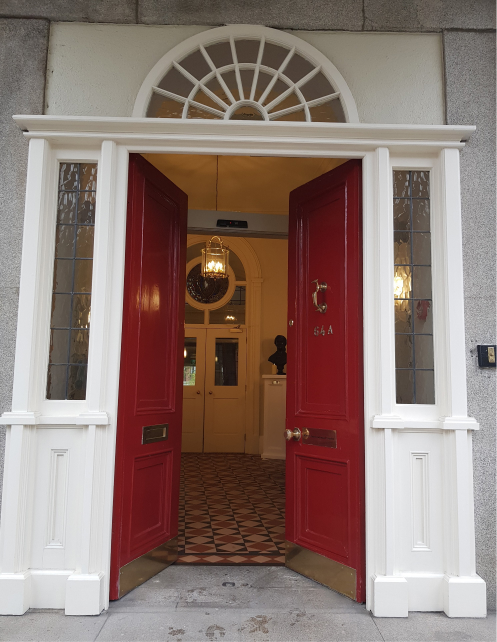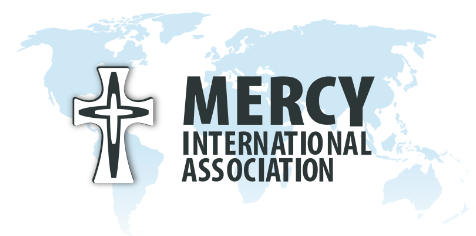To Bury the Dead
)
Behind the scene ...
Prior to the Anatomy Act of 1832, only the bodies of those who had donated their bodies for research or the bodies of executed murderers could legally be used for medical research in England and Ireland. In order to maintain the supply of fresh corpses required by surgeons engaged in the expanding field of medical research, ‘body snatching’ had become common in certain areas, such as from graveyards in the vicinity of hospitals.
The 1832 Act stated that dead bodies could be used if they were ‘unclaimed bodies’. One critique of the 1832 Anatomy Act (provided as part of the King’s College, London, Special Collections Exhibition Dickens, Scrooge and the Victorian Poor, 2019) was that it “transferred dissection from being a hated secondary punishment for murderers after execution, directly on to poverty: those dying unclaimed in institutions – hospitals, workhouses and prisons (including debtors’ prisons) – without funeral funds or families to pay up could now legally be taken for dissection.”
Poor people were being exploited by the new laws. Very few families could afford to pay a guard or build a high fence around the grave of a recently buried loved one. Consequently there was a genuine fear among people that they would not be able to consent to what happened after their death and that the state could claim the body. An extract from Clare Agnew’s anecdote to this sketch (Illustrations, 1840) expresses the thoughts and feelings of the time as follows:
“’I will think no more of my perishing body’ said a dying girl in the Convent hospital. ‘I have lost the terrible dream I had, about being buried alive, or being carried away by wicked people from the church-yard, ever since poor Granny promised to give me up to the ladies ...” [the Mercy Sisters].
Reference:
King’s College London (2019) Online Exhibition Dickens, Scrooge and the Victorian Poor: the 1832 Anatomy Act


)
)
)